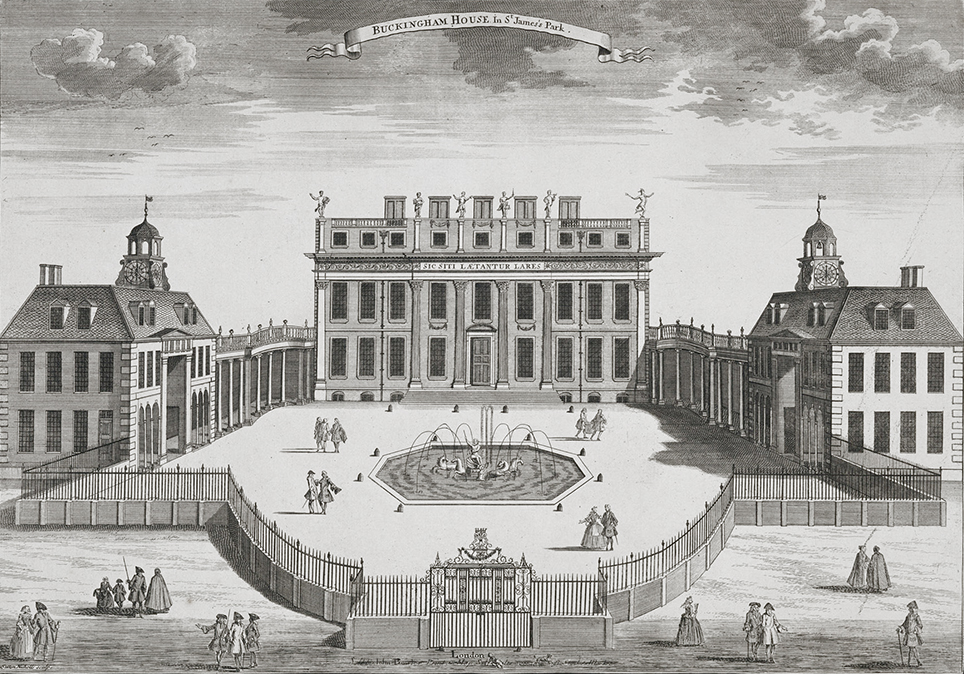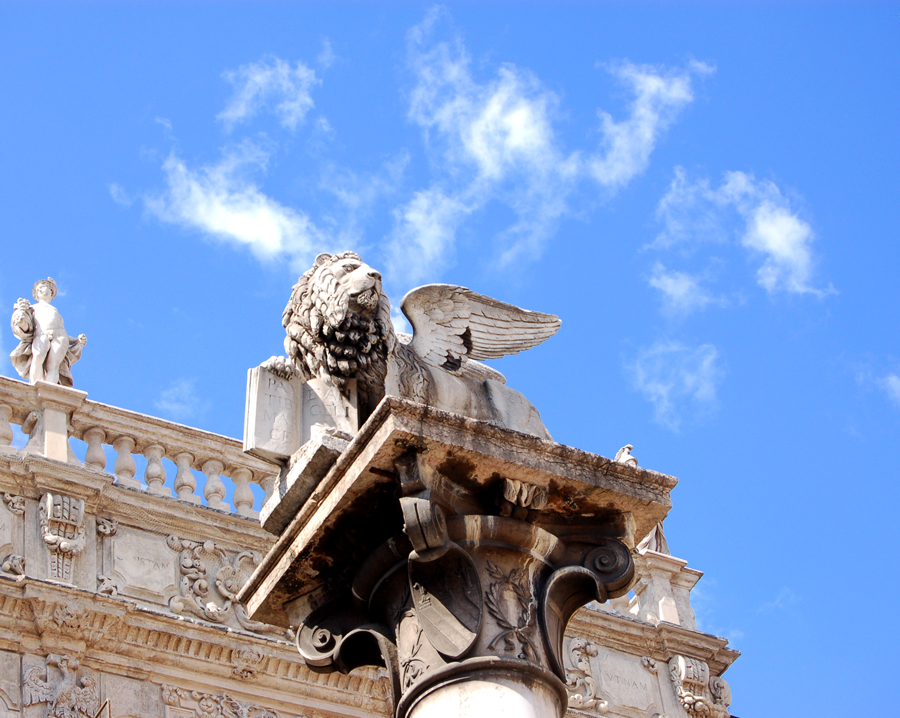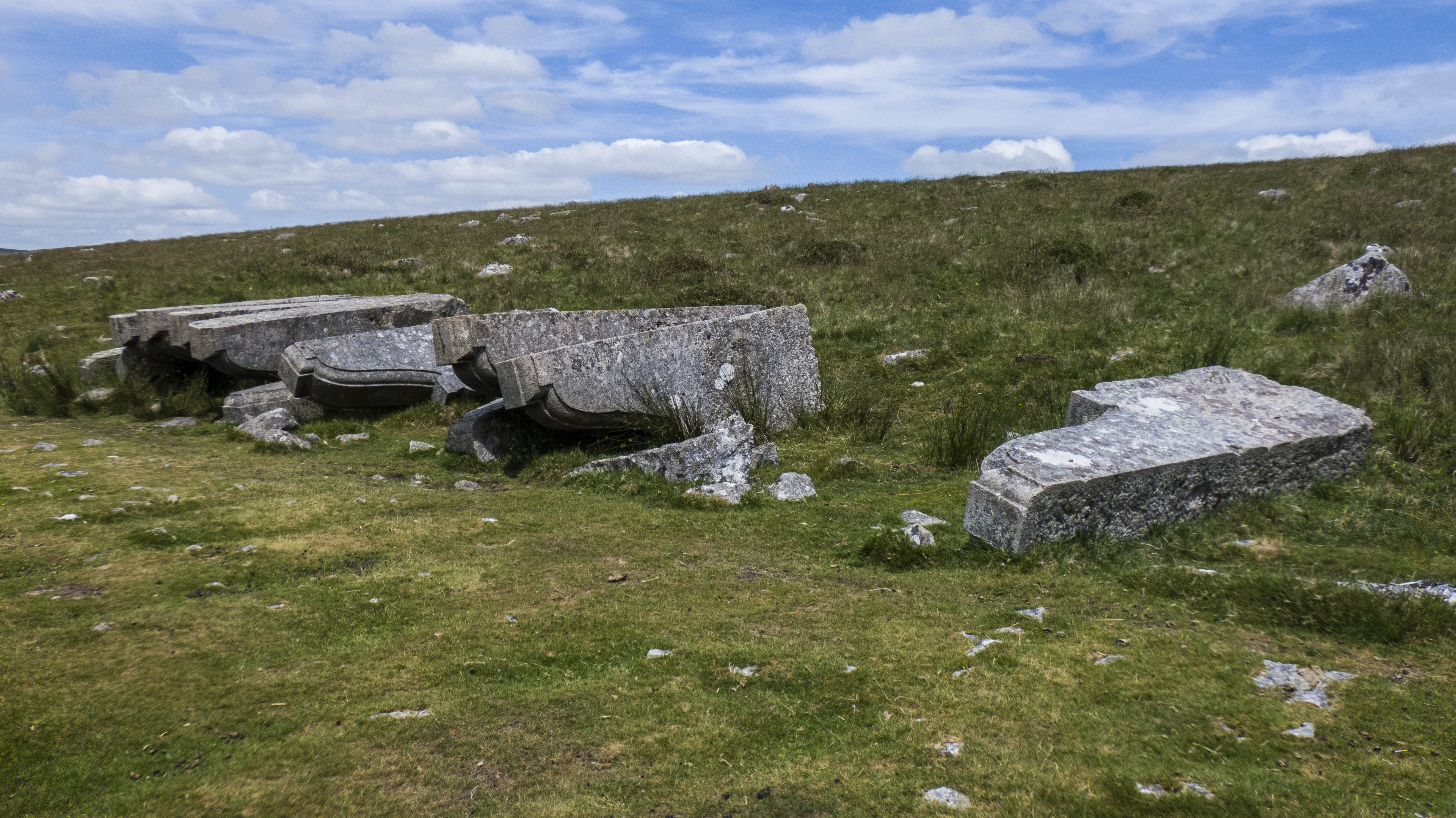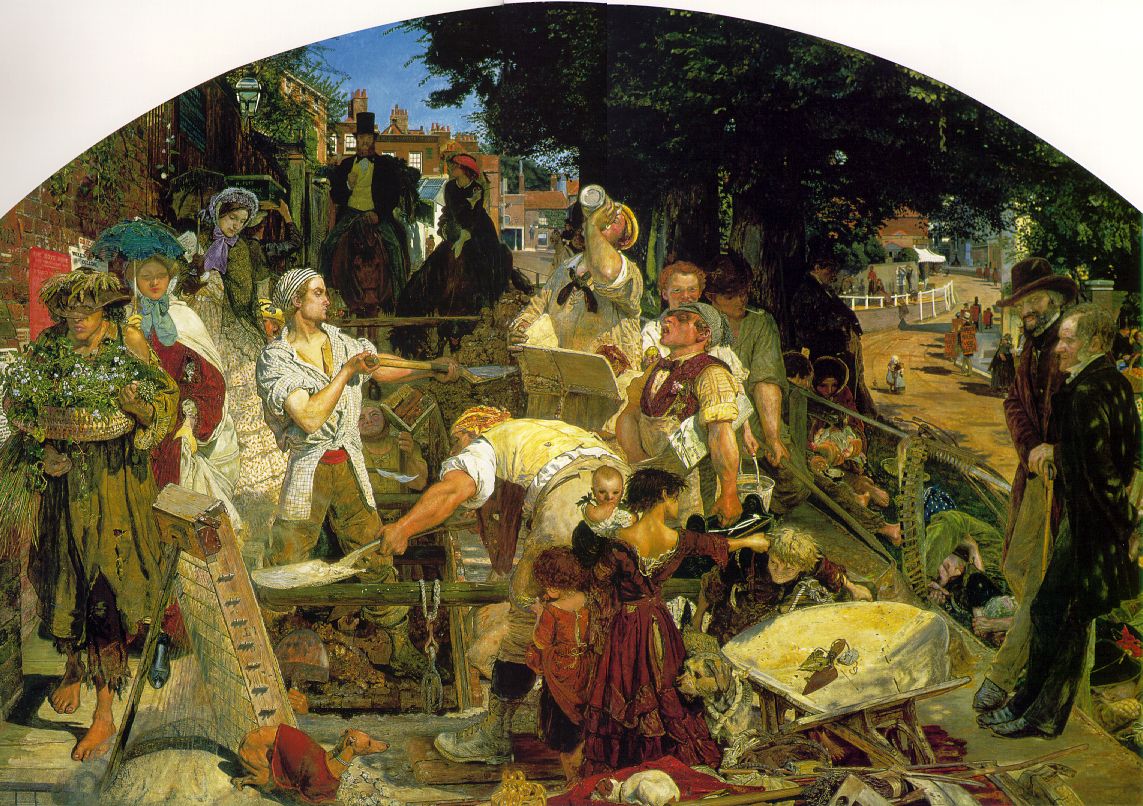|
Balcony
A balcony (from , "scaffold") is a platform projecting from the wall of a building, supported by columns or console brackets, and enclosed with a balustrade, usually above the ground floor. They are commonly found on multi-level houses, apartments and cruise ships. Types The traditional Maltese balcony is a wooden, closed balcony projecting from a wall. In contrast, a Juliet balcony does not protrude out of the building. It is usually part of an upper floor, with a balustrade only at the front, resembling a small loggia. A modern Juliet balcony often involves a metal barrier placed in front of a high window that can be opened. In the UK, the technical name for one of these was officially changed in August 2020 to a ''Juliet guarding''. Juliet balconies are named after William Shakespeare's Juliet who, in traditional staging of the play ''Romeo and Juliet'', is courted by Romeo while she is on her balcony—although the play itself, as written, makes no mention of a balcony, ... [...More Info...] [...Related Items...] OR: [Wikipedia] [Google] [Baidu] |
Romeo And Juliet
''The Tragedy of Romeo and Juliet'', often shortened to ''Romeo and Juliet'', is a Shakespearean tragedy, tragedy written by William Shakespeare about the romance between two young Italians from feuding families. It was among Shakespeare's most popular plays during his lifetime and, along with ''Hamlet'', is one of his most frequently performed. Today, the Title character, title characters are regarded as Archetype, archetypal young lovers. ''Romeo and Juliet'' belongs to a tradition of tragic Romance (love), romances stretching back to Ancient history, antiquity. The plot is based on an Italian tale written by Matteo Bandello, translated into verse as ''The Tragical History of Romeus and Juliet'' by Arthur Brooke (poet), Arthur Brooke in 1562, and retold in prose in ''Palace of Pleasure'' by William Painter (author), William Painter in 1567. Shakespeare borrowed heavily from both but expanded the plot by developing a number of supporting characters, in particular Mercutio a ... [...More Info...] [...Related Items...] OR: [Wikipedia] [Google] [Baidu] |
Buckingham Palace
Buckingham Palace () is a royal official residence, residence in London, and the administrative headquarters of the monarch of the United Kingdom. Located in the City of Westminster, the palace is often at the centre of state occasions and royal hospitality. It has been a focal point for the British people at times of national rejoicing and mourning. Originally known as Buckingham House, the building at the core of today's palace was a large townhouse (Great Britain), townhouse built for the John Sheffield, 1st Duke of Buckingham and Normanby, Duke of Buckingham and Normanby in 1703 on a site that had been in private ownership for at least 150 years. It was acquired by George III in 1761 as a private residence for Charlotte of Mecklenburg-Strelitz, Queen Charlotte and became known as The Queen's House. During the 19th century it was enlarged by architects John Nash (architect), John Nash and Edward Blore, who constructed three wings around a central courtyard. Buckingham Pala ... [...More Info...] [...Related Items...] OR: [Wikipedia] [Google] [Baidu] |
Juliet Balcony
Balconet or balconette is an architectural term to describe a false balcony, or railing at the outer plane of a window-opening reaching to the floor, and having, when the window is open, the appearance of a balcony. They are common in France, Portugal, Spain, and Italy. They are often referred to as Juliet balconies after the scene from Shakespeare's play ''Romeo and Juliet''. The wall-opening appearing alongside a balconette is referred to as French window. A prominent example of a balconette is on the Palazzo Labia in Venice. Balconette brassieres The term has also been applied to a style of brassiere featuring low-cut cups and wide set straps that give the appearance of a square neckline. The name "balconette" came from men in the balcony of a theatre looking down upon women. A balconette bra could not be seen from above. Materials Balconets or Juliet balconies can be made from various materials. As they used to be made out of stone quite often, with modern advances there ... [...More Info...] [...Related Items...] OR: [Wikipedia] [Google] [Baidu] |
Papal Conclave
A conclave is a gathering of the College of Cardinals convened to appoint the pope of the Catholic Church. Catholics consider the pope to be the apostolic successor of Saint Peter and the earthly head of the Catholic Church. Concerns around political interference led to reforms after the interregnum of 1268–1271 and Pope Gregory X's decree during the Second Council of Lyons in 1274 that the cardinal electors should be locked in seclusion and not permitted to leave until a new pope had been elected. Conclaves are now held in the Sistine Chapel of the Apostolic Palace in Vatican City.John Paul II (22 February 1996)''Universi Dominici gregis''. '' Apostolic constitution''. Vatican City: Vatican Publishing House. From the Apostolic Age until 1059, the pope, like other bishops, was chosen by the consensus of the clergy and laity of the diocese.Baumgartner 2003, p. 4. In 1059, the body of electors was more precisely defined, when the College of Cardinals was designated the ... [...More Info...] [...Related Items...] OR: [Wikipedia] [Google] [Baidu] |
Verona
Verona ( ; ; or ) is a city on the Adige, River Adige in Veneto, Italy, with 255,131 inhabitants. It is one of the seven provincial capitals of the region, and is the largest city Comune, municipality in the region and in Northeast Italy, northeastern Italy. The metropolitan area of Verona covers an area of and has a population of 714,310 inhabitants. It is one of the main tourist destinations in Northern Italy because of its artistic heritage and several annual fairs and shows as well as the Opera, opera season in the Verona Arena, Arena, an ancient Ancient Rome, Roman Amphitheatre, amphitheater. Between the 13th and 14th centuries, the city was ruled by the Scaliger, della Scala family. Under the rule of the family, in particular of Cangrande I della Scala, the city experienced great prosperity, becoming rich and powerful and being surrounded by new walls. The della Scala era is preserved in numerous monuments around Verona. Two of William Shakespeare's plays are set in Ve ... [...More Info...] [...Related Items...] OR: [Wikipedia] [Google] [Baidu] |
Pope
The pope is the bishop of Rome and the Head of the Church#Catholic Church, visible head of the worldwide Catholic Church. He is also known as the supreme pontiff, Roman pontiff, or sovereign pontiff. From the 8th century until 1870, the pope was the sovereign or head of state of the Papal States, and since 1929 of the much smaller Vatican City state. From a Catholic viewpoint, the primacy of the bishop of Rome is largely derived from his role as the apostolic successor to Saint Peter, to whom Petrine primacy, primacy was conferred by Jesus, who gave Peter the Keys of Heaven and the powers of "binding and loosing", naming him as the "rock" upon which the Church would be built. The current pope is Leo XIV, who was elected on 8 May 2025 on the second day of the 2025 papal conclave. Although his office is called the papacy, the ecclesiastical jurisdiction, jurisdiction of the episcopal see is called the Holy See. The word "see" comes from the Latin for 'seat' or 'chair' (, refe ... [...More Info...] [...Related Items...] OR: [Wikipedia] [Google] [Baidu] |
Loggia
In architecture, a loggia ( , usually , ) is a covered exterior Long gallery, gallery or corridor, often on an upper level, sometimes on the ground level of a building. The corridor is open to the elements because its outer wall is only partial, with the upper part usually supported by a series of columns or arches.John Fleming (art historian), John Fleming, Hugh Honour and Nikolaus Pevsner, ''The Penguin Dictionary of Architecture'', p. 200, 3rd edn, 1980, Penguin, ISBN 0140510133 An overhanging loggia may be supported by a baldresca. From the early Middle Ages, nearly every Italian comune had an open arched loggia in its main square, which served as a "symbol of communal justice and government and as a stage for civic ceremony". In Italian architecture, a loggia is also a small garden structure or house built on the roof of a residence, open on one or more sides, to enjoy cooling winds and the view. They were especially popular in the 17th century and are prominent in Rome ... [...More Info...] [...Related Items...] OR: [Wikipedia] [Google] [Baidu] |
Balustrade
A baluster () is an upright support, often a vertical moulded shaft, square, or lathe-turned form found in stairways, parapets, and other architectural features. In furniture construction it is known as a spindle. Common materials used in its construction are wood, stone, and less frequently metal and ceramic. A group of balusters supporting a guard railing, coping, or ornamental detail is known as a balustrade. The term baluster shaft is used to describe forms such as a candlestick, upright furniture support, and the stem of a brass chandelier. The term banister (also bannister) refers to a baluster or to the system of balusters and handrail of a stairway. It may be used to include its supporting structures, such as a supporting newel post. In the UK, there are different height requirements for domestic and commercial balustrades, as outlined in Approved Document K. Etymology According to the ''Oxford English Dictionary'', "baluster" is derived through the , from , from ' ... [...More Info...] [...Related Items...] OR: [Wikipedia] [Google] [Baidu] |
Skyrise Greenery
A roof garden is a garden on the roof of a building. Besides the decorative benefit, roof plantings may provide food, temperature control, hydrological benefits, architectural enhancement, habitats or corridors for wildlife, recreational opportunities, and in large scale it may even have ecological benefits. The practice of cultivating food on the rooftop of buildings is sometimes referred to as rooftop farming. Rooftop farming is usually done using green roof, hydroponics, aeroponics or air-dynaponics systems or container gardens. History Humans have grown plants atop structures since the ziggurats of ancient Mesopotamia (4th millennium BC–600 BC) had plantings of trees and shrubs on aboveground terraces. An example in Roman times was the Villa of the Mysteries in Pompeii, which had an elevated terrace where plants were grown. A roof garden has also been discovered around an audience hall in Roman-Byzantine Caesarea. The medieval Egyptian city of Fustat had a number ... [...More Info...] [...Related Items...] OR: [Wikipedia] [Google] [Baidu] |
Corbel
In architecture, a corbel is a structural piece of stone, wood or metal keyed into and projecting from a wall to carry a wikt:superincumbent, bearing weight, a type of bracket (architecture), bracket. A corbel is a solid piece of material in the wall, whereas a console is a piece applied to the structure. A piece of timber projecting in the same way was called a "tassel" or a "bragger" in England. The technique of corbelling, where rows of corbels deeply keyed inside a wall support a projecting wall or parapet, has been used since Neolithic (New Stone Age) times. It is common in medieval architecture and in the Scottish baronial style as well as in the vocabulary of classical architecture, such as the modillions of a Corinthian order, Corinthian cornice. The corbel arch and corbel vault use the technique systematically to make openings in walls and to form ceilings. These are found in the early architecture of most cultures, from Eurasia to Pre-Columbian architecture. A conso ... [...More Info...] [...Related Items...] OR: [Wikipedia] [Google] [Baidu] |
Ford Madox Brown
Ford Madox Brown (16 April 1821 – 6 October 1893) was a British painter of moral and historical subjects, notable for his distinctively graphic and often William Hogarth, Hogarthian version of the Pre-Raphaelite style. Arguably, his most notable painting was ''Work (painting), Work'' (1852–1865). Brown spent the latter years of his life painting the twelve works known as ''The Manchester Murals'', depicting History of Manchester, Mancunian history, for Manchester Town Hall. Early life Brown was the grandson of the medical theorist John Brown (physician, born 1735), John Brown, founder of the Brunonian system of medicine. His great-grandfather was a Scottish labourer. His father Ford Brown served as a purser in the Royal Navy, including a period serving under Sir Isaac Coffin, 1st Baronet, Sir Isaac Coffin and a period on HMS Arethusa (1781), HMS ''Arethusa''. He left the Navy after the end of the Napoleonic Wars. In 1818, Ford Brown married Caroline Madox, of an old ... [...More Info...] [...Related Items...] OR: [Wikipedia] [Google] [Baidu] |









